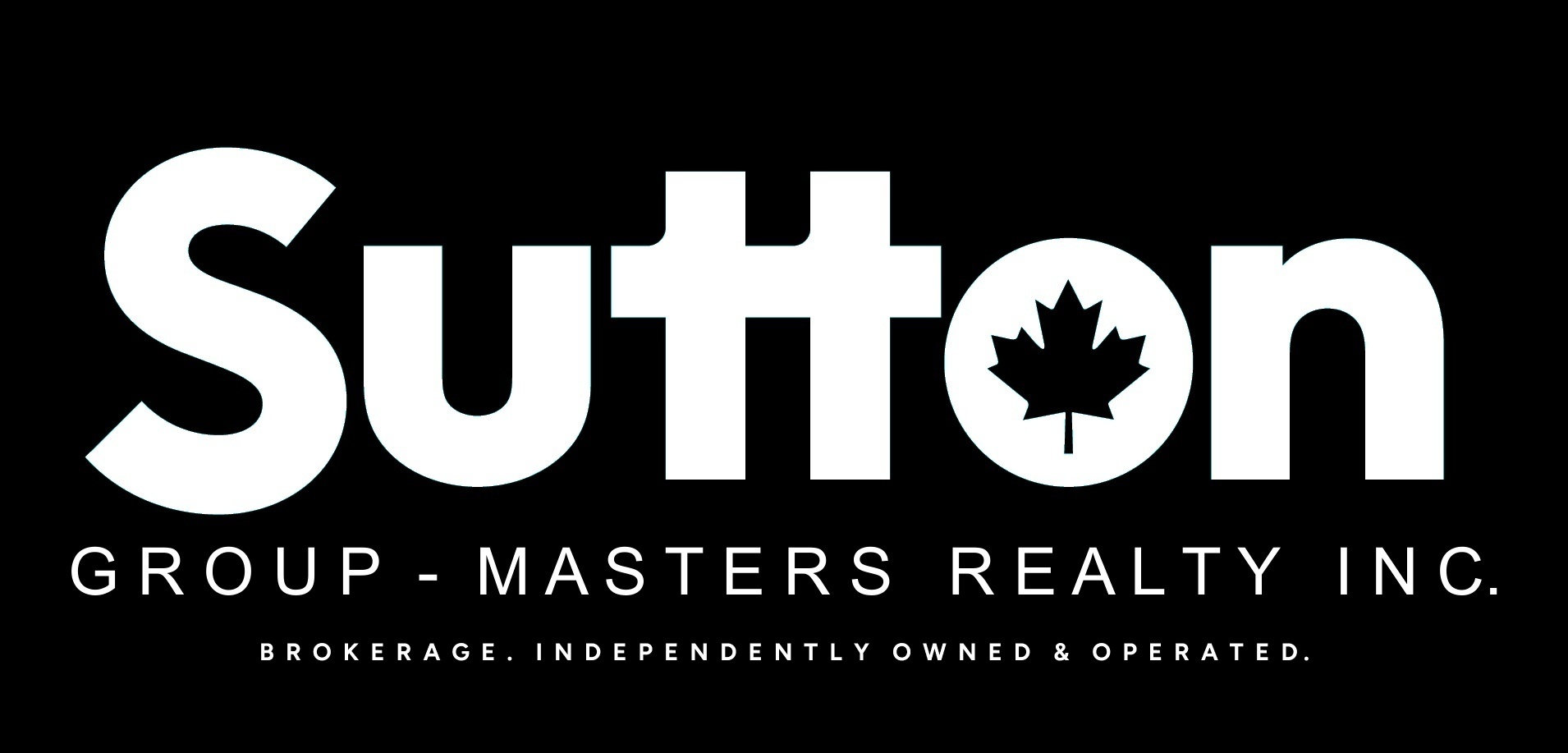building a new house
THINGS TO CONSIDER BEFORE GETTING STARTED
Looking to create that one-of-a-kind home that is situated in your ideal location? That does sound like a dream come true. One of the best parts taking this route is freedom of choice. You can choose the size, layout, style and other features of your home and then decide where to put it! Let's delve into the specifics of building that you want to think about:
Size: Will your family be growing down the road or will you be needing an in-law suite? The size of your house is very important and will directly affect the cost. Most builders provide a price per square foot. As well, your utility costs will be that much more expensive. If you decide to go large, consider building upwards rather than outwards to minimize the size and cost of the foundation.
Style: Although new home construction allows you to express your individuality, be careful about venturing too far from the norm. A cutting-edge design may be difficult to sell down the road and it's important to look at the styles in your neighbourhood. For example, you may not recoup the costs of building a high-end home in an area that consists of moderately priced bungalows.
Shape: The shape of a home can affect the cost of construction. A rectangular or square home is the least expensive to build. The more angles and corners, the more labour and materials will be required.
Materials: Energy efficient materials and building techniques can substantially reduce heating, cooling and lighting costs over the long run. Technology is constantly improving and you may be pleasantly surprised at the return on some items. Solar water heaters pay for themselves in 8-10 years and have a lifespan of approximately 25 years. Increased consumer demand has resulted in a reduced cost-per-unit. This gives homeowners more incentive to use solar panels to supplement their energy needs and/or provide emergency power. There is also a wide range of energy-efficient options in flooring, insulation, roofing and windows.
Mobility: If this is a long term accommodation, it is important to consider mobility. This means creating the space to accommodate a wheelchair or walker. Traditional bathrooms and kitchens are too small to allow someone in a wheelchair to turn around. The Canadian Housing and Mortgage Corporation recommends allowing a manoeuvring space of 75 x 120 cm (30 x 47 in.) in front of or beside all fixtures including the bathtub, shower and storage spaces. Pocket doors save space within the bathroom. Countertops in the bathroom and kitchen should be lower than traditional at 86 cm (34 inches) to 91 cm (36 inches). Single lever taps are the easiest to use by someone in a wheelchair and anyone with arthritis.
Lot Characteristics: Building on a flat lot usually costs less than building on a slope. Costs will increase if the builder needs to remove large trees or rocks before laying the foundation.
Custom Design: This option typically requires the assistance of a licensed architect and an experienced contractor. However, your vision is essential to the process. Consider using design software to help you work out the details. It allows you to express your ideas in a format that is much clearer to the architect. Once the architect has completed the design, you will need to hire a building contractor who will coordinate the work of framers, electricians, plumbers and other tradespeople. Be sure to check references when selecting a contractor. Get the project scope, responsibilities, cost and timelines in writing.
Existing House Plan Today, you can choose from thousands of home plans. Catalogues of plans are available for sale at most bookstores and on the internet. Once you find a home design you like, you can purchase the blueprints and other information that a contractor will require.
Pre-fabricated Homes: This is the quickest and easiest route to take. When you order one of the ‘pre-fab’ home plans, the manufacturer delivers the blueprints, pre-cut lumber, windows, doors needed to complete the home. Packages vary by manufacturer so carefully read the details and ask for a list of references.
Enjoy your new home!
Source: Sutton.com
Kim Purcell
I have been working as a Realtor in Kingston for over 6 years now and work under the Sutton Group Masters Realty Inc., Brokerage. I especially like working with first-time buyers, first-time sellers and clients interested in buying or selling condominiums in the area. I was born and raised in Kingston and know the city and local real estate market very well. If you are considering a move , please reach out to me by phone or email and I will answer any real estate questions you may have. I look forward to hearing from you!
Kim Purcell - Kingston Real Estate Agent
1650 Bath Road
Kingston, ON K7M 4X6
613-985-9371
kpurcell@sutton.com
